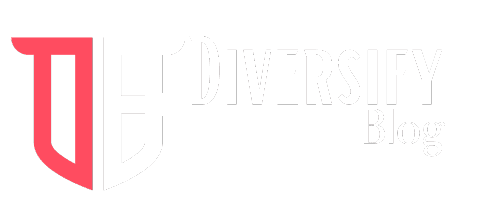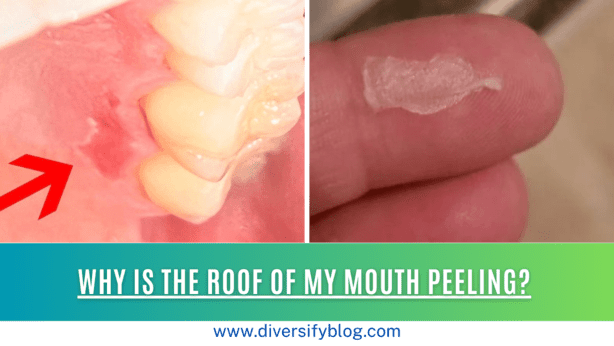Malaria, caused by Plasmodium parasites and transmitted through the bites of Anopheles mosquitoes, has been a significant selective force in human evolution. Over millennia, human populations in malaria-endemic regions have developed genetic adaptations to enhance survival against this deadly disease. However, these protective genetic mutations often come with a trade-off, leading to other health conditions. This article explores the human diseases linked to malaria-driven mutations, shedding light on the complex interplay between evolutionary advantages and health consequences.
Table of Contents
Sickle Cell Disease
One of the most well-known malaria-driven mutations is the sickle cell trait. This mutation involves a single nucleotide change in the HBB gene, resulting in the production of hemoglobin S (HbS) instead of the normal hemoglobin A (HbA).
Mechanism and Protection Against Malaria:
Individuals with one copy of the HbS gene (AS genotype) have the sickle cell trait and exhibit some resistance to Plasmodium falciparum malaria. The altered shape of red blood cells in these individuals makes it difficult for the parasite to invade and reproduce.
The early destruction of sickled red blood cells limits the parasite’s lifecycle.
Associated Disease:
- Sickle Cell Disease: When an individual inherits two copies of the HbS gene (SS genotype), they develop sickle cell disease, a severe and chronic condition characterized by:
- Painful Crises: Episodes of intense pain due to blocked blood flow caused by the sickle-shaped cells.
- Anemia: Chronic hemolytic anemia due to the shortened lifespan of red blood cells.
- Organ Damage: Complications affecting organs such as the spleen, liver, kidneys, and lungs.
- Increased Infection Risk: Due to spleen dysfunction, individuals are more susceptible to infections.
Thalassemias
Thalassemias are a group of inherited blood disorders resulting from mutations that affect the production of alpha or beta globin chains, which are components of hemoglobin.
Mechanism and Protection against Malaria:
Individuals with thalassemia traits produce abnormal hemoglobin, which creates an unfavorable environment for the malaria parasite.
The altered red blood cells are more likely to be destroyed before the parasite can complete its lifecycle.
Associated Diseases:
- Alpha Thalassemia: Results from reduced production of alpha globin chains. Severity ranges from mild (silent carrier) to severe (Hb Bart syndrome or hydrops fetalis).
- Hemoglobin H Disease: Moderate to severe anemia and associated complications.
- Beta Thalassemia: Results from reduced production of beta globin chains. Severity ranges from mild (beta thalassemia minor) to severe (beta thalassemia major or Cooley’s anemia).
- Beta Thalassemia Major: Severe anemia requiring regular blood transfusions and iron chelation therapy to prevent iron overload.
Glucose-6-Phosphate Dehydrogenase (G6PD) Deficiency
G6PD deficiency is an X-linked genetic disorder caused by mutations in the G6PD gene, leading to reduced enzyme activity that protects red blood cells from oxidative damage.
Mechanism and Protection against Malaria:
The oxidative stress in G6PD-deficient red blood cells creates a hostile environment for the Plasmodium parasite, reducing its survival and replication.
This condition provides a selective advantage against malaria in heterozygous females and hemizygous males.
Associated Disease:
- Hemolytic Anemia: Individuals with G6PD deficiency are prone to hemolytic anemia triggered by certain foods (e.g., fava beans), infections, or medications. Symptoms include fatigue, jaundice, dark urine, and shortness of breath.
Duffy Antigen Receptor for Chemokines (DARC) Negativity
The Duffy antigen is a receptor on red blood cells that Plasmodium vivax uses to enter the cells. A genetic mutation resulting in the absence of this receptor (Duffy negativity) confers resistance to P. vivax malaria.
Mechanism and Protection against Malaria:
Individuals who are Duffy-negative lack the necessary receptor for P. vivax to invade red blood cells, rendering them resistant to this species of malaria.
Associated Disease:
- No Significant Health Conditions: Unlike other malaria-driven mutations, Duffy negativity does not have significant adverse health effects beyond providing resistance to P. vivax malaria.
Hemoglobin C (HbC) and Hemoglobin E (HbE)
Mutations in the beta-globin gene can lead to the production of hemoglobin C (HbC) or hemoglobin E (HbE), which are less common but still provide some protection against malaria.
Mechanism and Protection against Malaria:
HbC and HbE alter the structure of hemoglobin, making red blood cells less hospitable to the malaria parasite.
These mutations can lead to the early destruction of infected red blood cells, similar to the mechanism observed with the sickle cell trait.
Associated Diseases:
- Hemoglobin C Disease: Homozygous individuals (CC genotype) may experience mild to moderate hemolytic anemia.
- Hemoglobin E Disease: Homozygous individuals (EE genotype) generally have mild anemia but may experience more severe health issues when combined with beta thalassemia (HbE/beta thalassemia).
Conclusion
The evolutionary arms race between humans and malaria has led to the development of genetic mutations that offer protection against the disease. However, these adaptations often come with significant health trade-offs, leading to conditions such as sickle cell disease, thalassemias, and G6PD deficiency. Understanding these malaria-driven mutations and their associated diseases provides valuable insights into human evolution and informs medical practices and public health strategies aimed at managing these conditions. As research continues, a deeper knowledge of these genetic adaptations will contribute to better treatments and interventions, ultimately improving the health and well-being of affected populations.



















